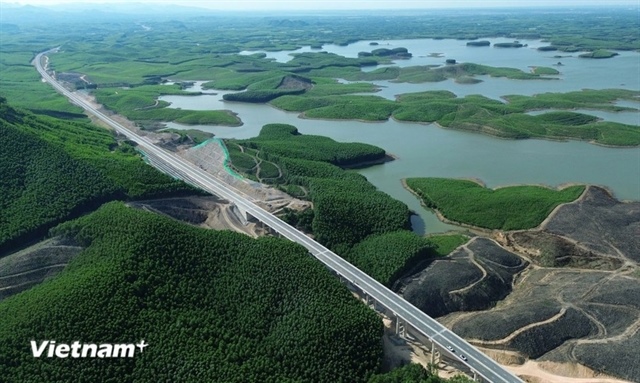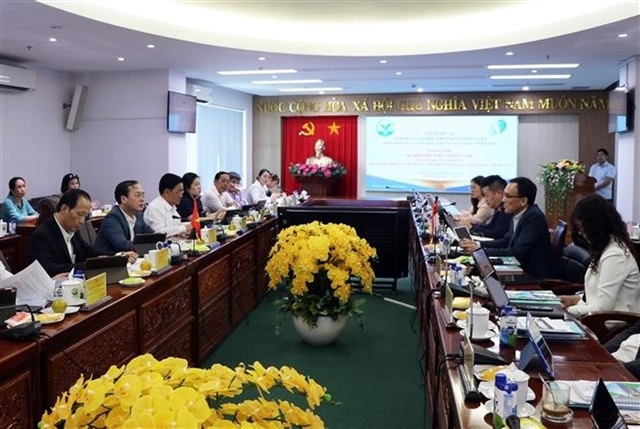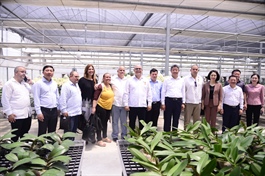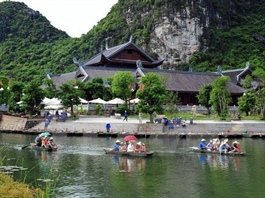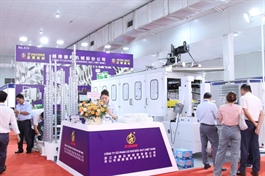Acceleration of existing power project to ensure stable electricity supply: Experts
Acceleration of existing power project to ensure stable electricity supply: Experts
Electricity shortages in the North were warned two years ago and have become even more pronounced since 2022, especially the region's lack of new energy sources.
Delays in the construction of new power projects have a negative impact, both on the projects' efficiency and the overall electricity supply to the economy.
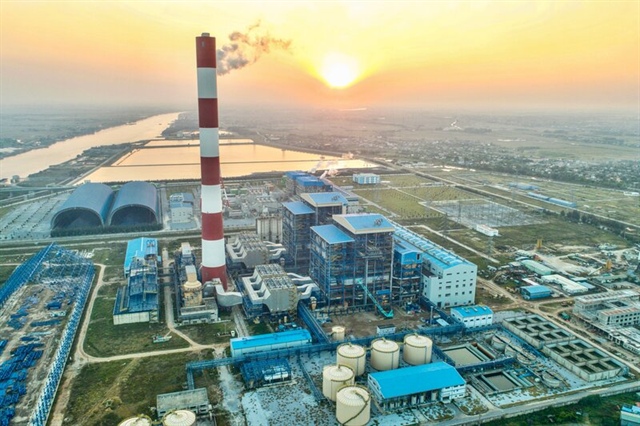
Thai Binh 2 Thermal Power Plant. Source: PVN |
According to a report from the National Load Dispatch Center (A0), Vietnam's electricity supply has faced numerous challenges since April, resulting in a 20% increase in load compared to the same period in 2022, reaching over 453 million kWh.
Like other countries worldwide, Vietnam's electricity shortage is exacerbated by the effects of El Niño.
Water levels are critically low in several hydropower reservoirs in the north. This, combined with lower power generation from hydropower plants, has put additional strain on thermal power plants operating at maximum capacity for an extended period.
To ensure a stable power supply, Vietnam Electricity (EVN) has mobilized all available power sources across the country, including diesel generators, said A0 Deputy Director Nguyen Quoc Trung.
He said that these challenges in both hydropower and thermal power have led to prolonged power outages in the northern region in recent days.
According to calculations by the Ministry of Industry and Trade, the northern power system is currently facing a shortage of about 4,350 MW, with an average daily deficit of about 30.9 million kWh (peaking at 50.8 million kWh). As a result, the northern power system is at risk of capacity shortage for most hours of the day.
Nguyen Dinh Cung, a member of the Prime Minister's Economic Advisory Group, stressed the need to speed up the construction of planned and approved power plants to address the power shortage. He emphasized that waiting for the implementation plan of Power Plan 8, which includes wind and offshore wind power, could result in delays of up to a year.
Energy expert Ha Dang Son said power shortages were warned two years ago and have become more pronounced since 2022, especially in the northern region.
He said various calculations indicate a significant risk to the North's power supply between 2023 and 2024. The main reason is the insufficient number of generators in the region. Even the newest one, the Thai Binh 2 thermal power plant, was built almost a decade before it was successfully connected to the grid. As for the hydropower plants, they were all built within the last 3-4 years.
A0 has assessed that as of June 10, electricity production in the southern and central regions has met demand. The blackout situation in the north has been resolved thanks to the increased power supply.
The total available power capacity in the north is 20,321 MW, of which 5,244 MW is hydroelectric. An additional 1,000 MW has been mobilized from several local thermal power plants, including S1 Nghi Son 1 (300 MW), Thai Binh 1 S1 (300 MW), and Quang Ninh S1 (300 MW), after their problems were fixed.
Moderate to heavy rainfall is expected in the northern region over the next few days. This is expected to help replenish water in hydropower reservoirs and raise critically low water levels.
The Ministry of Industry and Trade and EVN are actively exploring all possible solutions in response to the current situation. These include increasing the operation of thermal power sources to compensate for the water shortage in major hydropower reservoirs, implementing the Prime Minister's directive on power conservation, ensuring a stable supply of coal and gas for power generation, actively adding new power sources to the system, and focusing on solving power-related problems.
Vo Quang Lam, Deputy General Director of EVN, highlighted that Vietnam owns and operates the largest transmission system in Southeast Asia. The north-south transmission system already has two 500 kV lines, Circuit 1 and Circuit 2.
As part of the overall PDP VIII, there is a plan to construct a 500 kV Circuit 3 line from Ha Tinh to the north to close the loop. The implementation of this plan is scheduled from now until 2030. However, due to the urgent situation of power transmission, EVN instructs the National Power Transmission Corporation to immediately report to relevant ministries and sectors for immediate action on this project.
Lam mentioned that with concerted efforts, an additional 1,000-1,500 MW could be added to complete the loop and transmit power from the south to the north.





